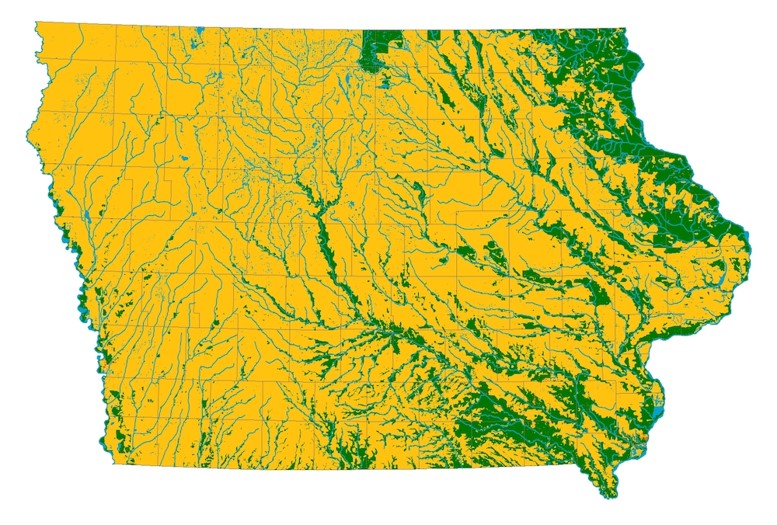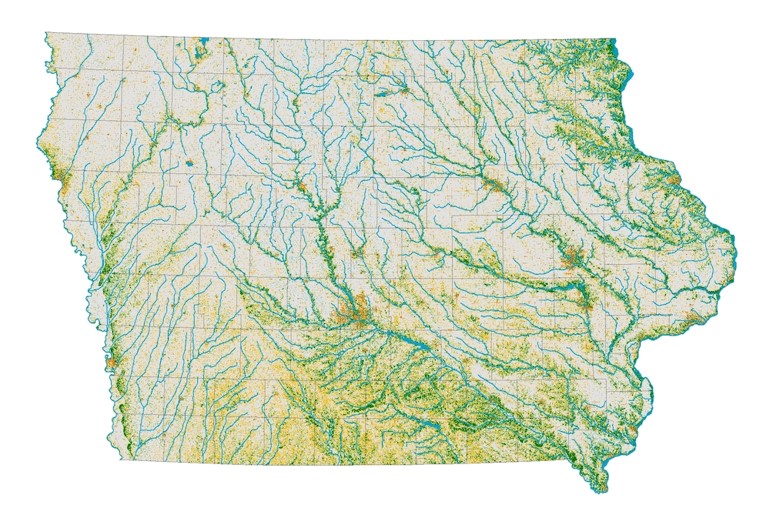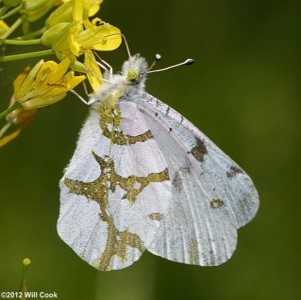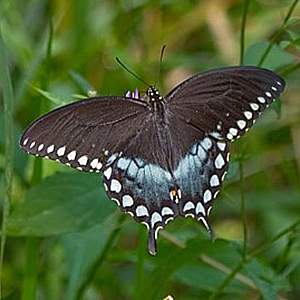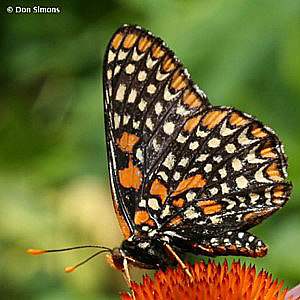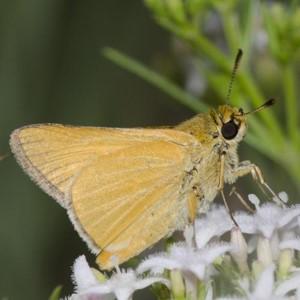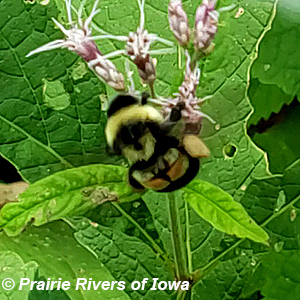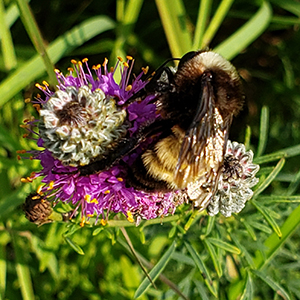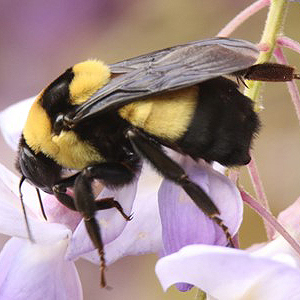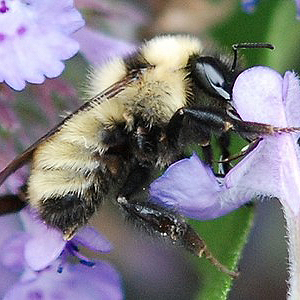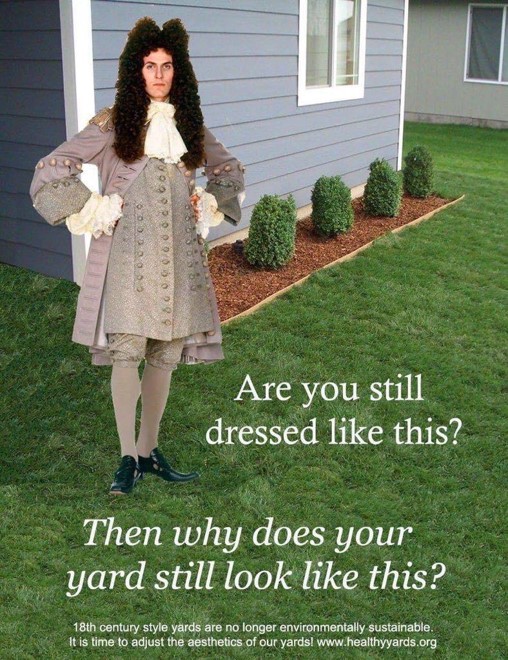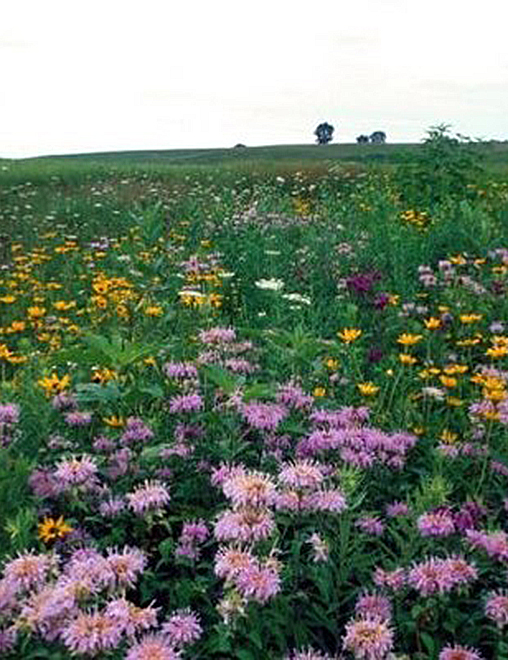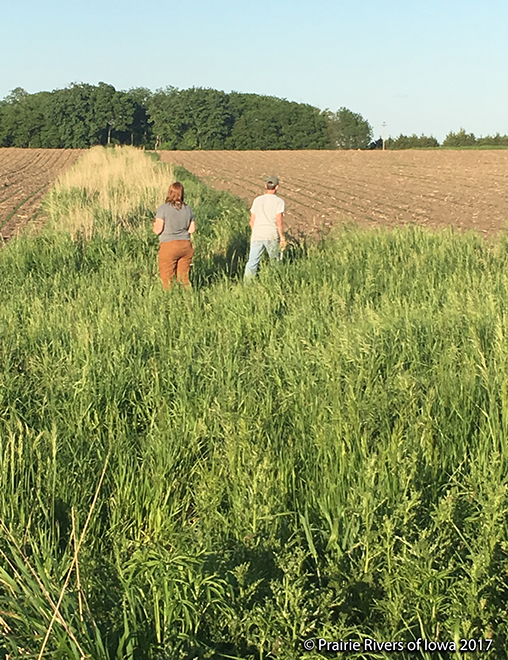Special Note: This blog post is based on a presentation made by former PRI Watersheds and Wildlife Coordinator David Stein. Editing and Design by PRI PR & Marketing Coordinator Mike Kellner.
Pollinators in Iowa are disappearing at an alarming rate due to climate change, disappearing habitat, pesticide use, and disease.
Prior to European settlement, about 85% of Iowa was covered with prairies, grasslands, wetlands, and forests. Now, less than one-tenth of a percent of Iowa’s original prairies are left while the rest of its land has been plowed for cultivation, cleared for development, or otherwise altered creating a lack of habitat, food, and water for pollinators in our state. In a sense, Iowa’s once-lush landscape has become a virtual desert, where more often than not, there is no food or water for pollinators sometimes as far as the eye can see.
Former land cover can give us insight into how to best currently manage and restore pollinator and wildlife habitat
Wetlands, forests, and most significantly, prairies and grasslands have all seen reductions resulting in habitat loss.
- Skippers —47 Species
- Hairstreaks and Blues — 25 Species
- White, Yellow, Orange Butterflies — 11 Species
- Brush-Footed Butterflies — 38 Species
- Swallowtails — 6 Species
- Metalmark Butterflies —1 Species
- Skippers 27 Species — (43% loss)
- Hairstreaks and Blues — 14 Species (44% loss)
- White, Yellow, Orange Butterflies — 6 Species (45% loss)
- Brush-Footed Butterflies — 25 Species (35% loss)
- Swallowtails — 4 Species (33% loss)
- Metalmark Butterflies — 0 Species (100% loss; not seen since 1930)
Aphrodite Fritillary
Banded Hairstreak
Black Dash
Broad Winged Skipper
Byssus Skipper
Columbine Duskywing
Common Ringlet
Common Roadside Skipper
Compton Tortoiseshell
Crossline Skipper
Dakota Skipper
Dion Skipper
Dreamy Duskywing
Dusted Skipper
Edward’s Hairstreak
Eyed Brown
Gorgone Checkerspot
Gray Comma
Harvester
Hayhurst’s Scallopwing
Henry’s Elfin
Hickory Hairstreak
Horace’s Duskywing
Juniper Hairstreak
Juvenal’s Duskywing
Leonard’s Skipper
Little Glassywing
Long Dash
Meadow Fritillary
Melissa Blue
Monarch
Mottled Duskywing
Mulberry Wing
Northern Broken Dash
Northern Pearly Eye
Ottoe Skipper
Ozark Baltimore
Pawnee Skipper
Pepper & Salt Skipper
Pipevine Swallowtail
Poweshiek Skipperling
Reakirt’s Blue
Regal Fritillary
Silver Bordered Fritillary
Silvery Blue
Sleepy Duskywing
Southern Cloudywing
Striped Hairstreak
Swamp Metalmark
Swarthy Skipper
Two Spotted Skipper
White M Hairstreak
Wild Indigo Duskywing
Zabulon Skipper
Zebra Swallowtail
Rusty Patched Bumble Bee
American Bumble Bee
Plains Bumble Bee
Yellow Bumble Bee
• Plant a lot of flowers of different species
• Use native plants
• Reintroduce rare plants
• Don’t waste space on turf
• Remove invasive species
• Diversify agriculture
• Treat ecosystems as vital infrastructure

